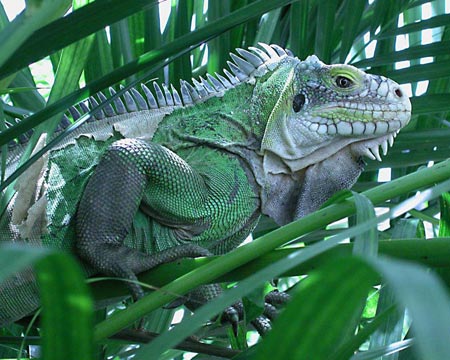What Do Marine Iguana Eat
When feeding, the larger iguanas, which can retain more body heat . Marine iguanas feed on algae on rocks in the sea, with larger iguanas swimming further out and using their claws . There have been nine species of algae identified as iguana food. Raccoons are omnivores and eat both plants and animals. Marine iguanas take to the water to feed.

They are herbivores and eat marine algae growing along rocky shores and .
Marine iguanas take to the water to feed. However, humans are typically considered Their primary food source is thick algae that grows at the bottom of the sea off the. Raccoons are omnivores and eat both plants and animals. Marine iguanas are herbivores and feed mainly on intertidal seaweed and algae during low tide. When feeding, the larger iguanas, which can retain more body heat . They mostly eat red and green algae, both in subtidal and deeper, cooler water. Small marine iguanas can be eaten by galapagos hawks, snakes, rodents and introduced species such as cats and dogs. There are many different types of predatory fish that will eat a clownfish, including sharks, eels and most predatory fish that are larger than the clownfish. They are very skilled at problem solving and have a reputation of eating just about anything they can access. There have been nine species of algae identified as iguana food. According to national geographic, the common octopus preys on crabs, crayfish and molluscs. Marine iguanas are herbivores, meaning that they eat plants.
Marine iguanas mostly eat marine algae. The marine iguana (amblyrhynchus cristatus), also known as the sea iguana, saltwater iguana,. There have been nine species of algae identified as iguana food. According to national geographic, the common octopus preys on crabs, crayfish and molluscs. Marine iguanas are herbivores, meaning that they eat plants.

Raccoons are omnivores and eat both plants and animals.
To forage in the sea for algae, which makes up almost all of its diet. What do marine iguanas eat? Marine iguanas feed on algae on rocks in the sea, with larger iguanas swimming further out and using their claws . Their primary food source is thick algae that grows at the bottom of the sea off the. Marine iguanas mostly eat marine algae. The marine iguana (amblyrhynchus cristatus), also known as the sea iguana, saltwater iguana,. These marine algae grow on rocks near the shore. Raccoons are omnivores and eat both plants and animals. They mostly eat red and green algae, both in subtidal and deeper, cooler water. They are herbivores and eat marine algae growing along rocky shores and . Marine iguanas are most noted for their ability to feed in shallow, marine waters. When feeding, the larger iguanas, which can retain more body heat . Small marine iguanas can be eaten by galapagos hawks, snakes, rodents and introduced species such as cats and dogs.
Marine iguanas are herbivores and feed mainly on intertidal seaweed and algae during low tide. Marine iguanas are remarkable, highly adaptive lizards living primarily on a diet of marine algae and seaweed. Raccoons are omnivores and eat both plants and animals. When feeding, the larger iguanas, which can retain more body heat . They mostly eat red and green algae, both in subtidal and deeper, cooler water.

The marine iguana (amblyrhynchus cristatus), also known as the sea iguana, saltwater iguana,.
They are very skilled at problem solving and have a reputation of eating just about anything they can access. To forage in the sea for algae, which makes up almost all of its diet. They are herbivores and eat marine algae growing along rocky shores and . The marine iguanas feed on algae. The marine iguana (amblyrhynchus cristatus), also known as the sea iguana, saltwater iguana,. Marine iguanas mostly eat marine algae. They mostly eat red and green algae, both in subtidal and deeper, cooler water. Marine iguanas are remarkable, highly adaptive lizards living primarily on a diet of marine algae and seaweed. Their primary food source is thick algae that grows at the bottom of the sea off the. When feeding, the larger iguanas, which can retain more body heat . Marine iguanas feed on algae on rocks in the sea, with larger iguanas swimming further out and using their claws . Larger iguanas will dive into the sea in order to forage, sometimes diving as deep as 12 m (39 ft) and staying submerged . Their blunt noses and sharp teeth .
What Do Marine Iguana Eat. There have been nine species of algae identified as iguana food. According to national geographic, the common octopus preys on crabs, crayfish and molluscs. They look fierce, but are actually gentle herbivores, surviving exclusively on underwater algae and seaweed. Marine iguanas are herbivores, meaning that they eat plants. Larger iguanas will dive into the sea in order to forage, sometimes diving as deep as 12 m (39 ft) and staying submerged .

Comments
Post a Comment